

Ten days, it is often said, is a long time in politics. And for SpaceX, it is also a long time in Falcon 9 flight operations, as the Hawthorne, Calif.-headquartered launch services provider prepares to resume missions later tonight with its fourth large commercial geostationary communications satellite of the year from the Space Coast and the 44th large Starlink batch from Vandenberg Space Force Base, Calif., bringing to more than 980 the total number of these flat-packed internet communications satellites orbited since January.


With three Falcon 9 missions successfully completed inside June’s opening week—two from Cape Canaveral Space Force Station, Fla., the third out of Vandenberg—the middle of the year seemed off to a flying start, riding the coattails of a triumphant May which marked the first month that SpaceX achieved 14 and 15 launches in a single calendar month. However, the fourth mission of the month succumbed to two days of severe weather-related delay, then experienced a rare pad abort at T-0 on 14 June.
The booster for that flight, B1073, completed her 15th launch just last month and is one of the current Falcon 9 fleet-leaders. After the T-0 scrub, her Starlink-laden flight was indefinitely stood down and no new launch date has been released, although it may occur as soon as the latter half of this week.
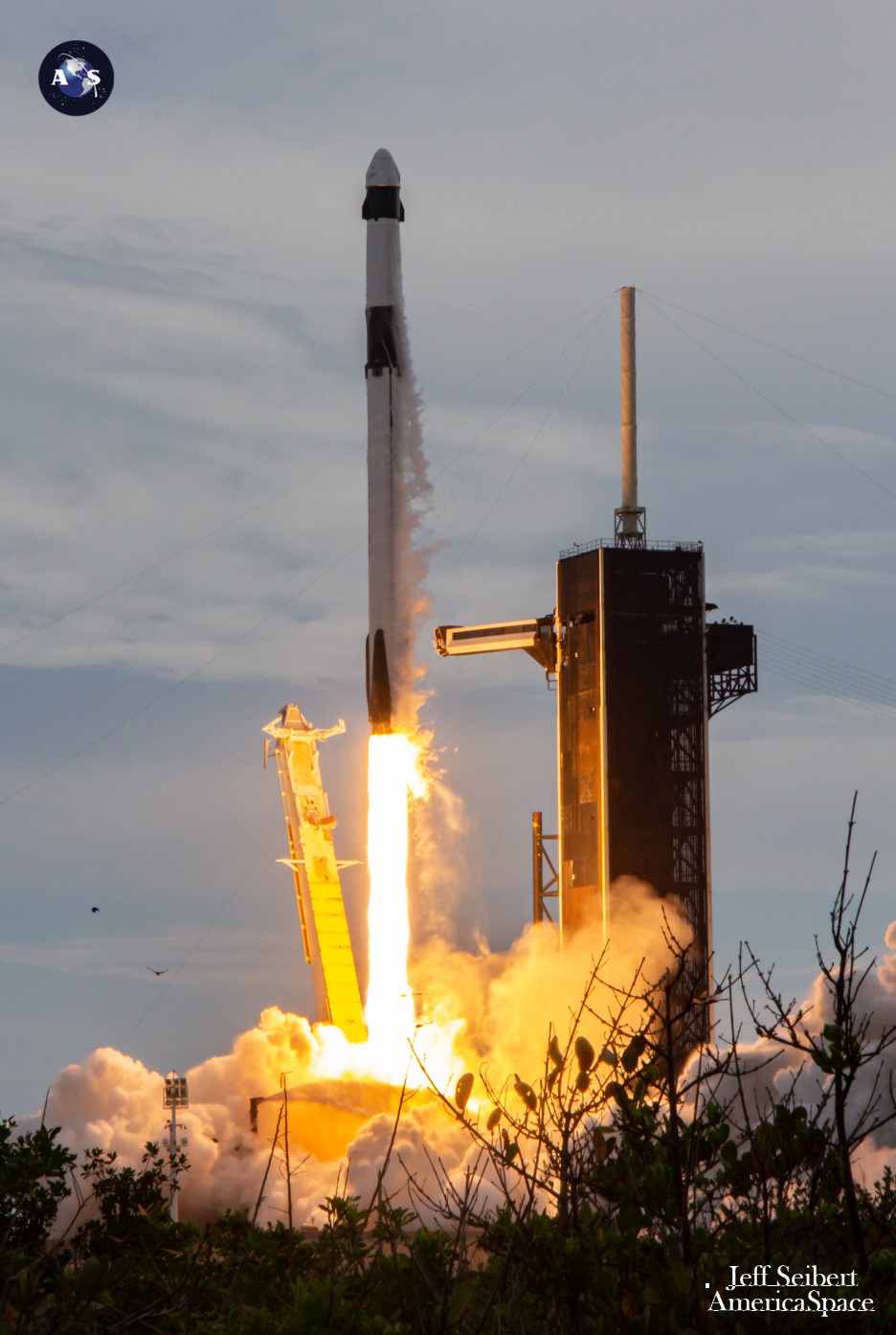

Elsewhere, on Monday SpaceX announced that a pair of other missions would resume flight operations with launches targeted less than six hours apart on Tuesday. First up, an eight-times-used booster is tasked with deploying the heavyweight Astra 1P payload—SpaceX’s first launch of a member of the Astra satellite family—for Luxembourg-based SES from storied Space Launch Complex (SLC)-40 at Florida’s Cape Canaveral Space Force Station during a 49-minute “window” that opens at 5:35 p.m. EDT.
Next, a four-times-flown booster will rise from Space Launch Complex (SLC)-4E at Vandenberg during an expansive raft of T-0 opportunities extending from 8 p.m. through midnight PDT. In case either launch meets with delay, both have additional opportunities to fly on Wednesday evening.
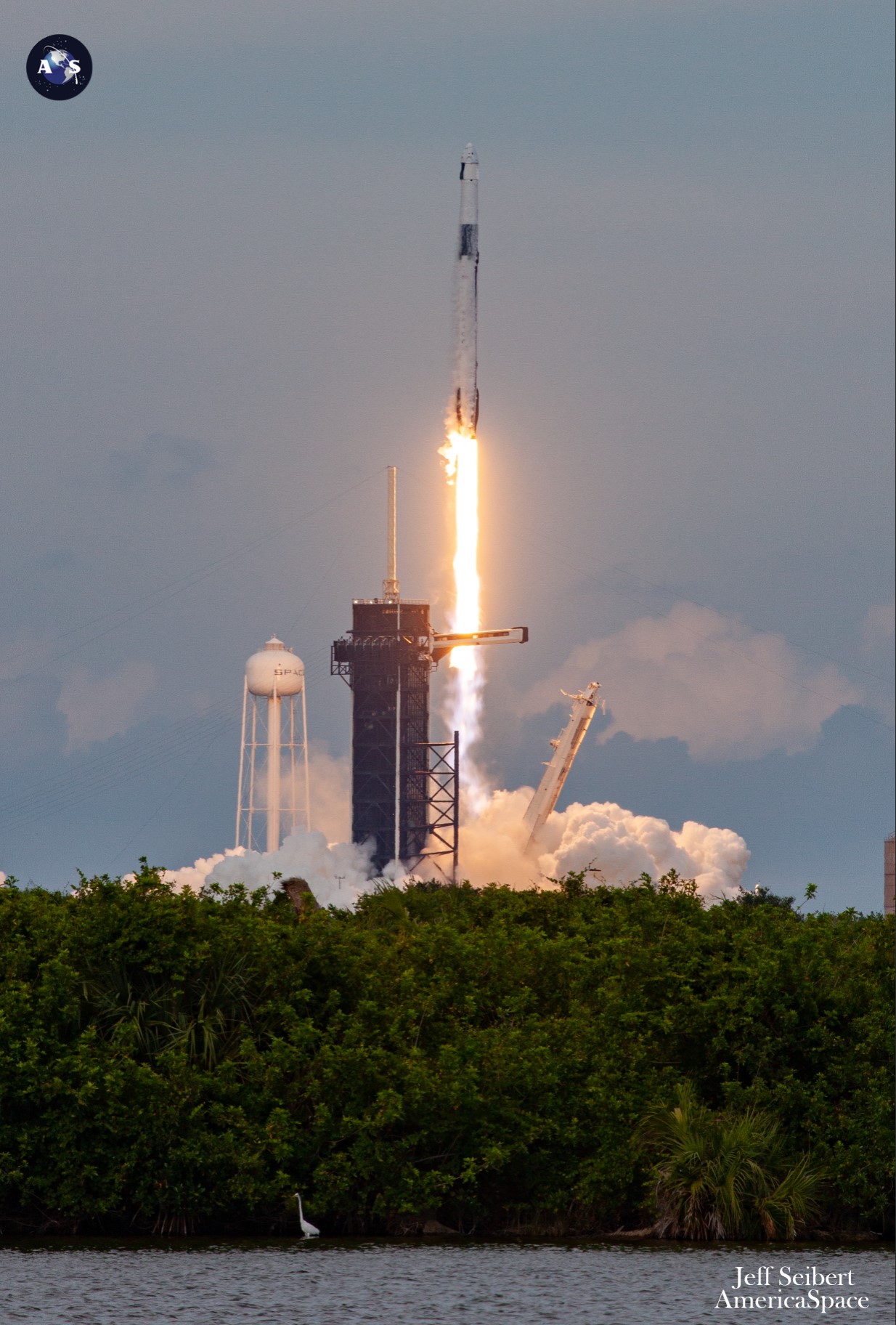

However, Astra 1P’s weather outlook appears dicey, with only a 55-percent chance of acceptable conditions tonight, tempered by a risk of violating liftoff winds, the Cumulus Cloud Rule and the Lightning Rule. The picture is expected to darken to only 45-percent favorability if the mission slips into Wednesday.
A prolonged onshore flow is responsible for a current spate of blustery conditions and low-level moisture for cumulus and isolated shower development, according to the 45th Weather Squadron at Patrick Space Force Base. “Wind speeds may reach 25 mph (40 km/h) on the primary day,” noted the 45th in its summary, “making Liftoff Winds and Cumulus Cloud Rule violations the primary concerns.”
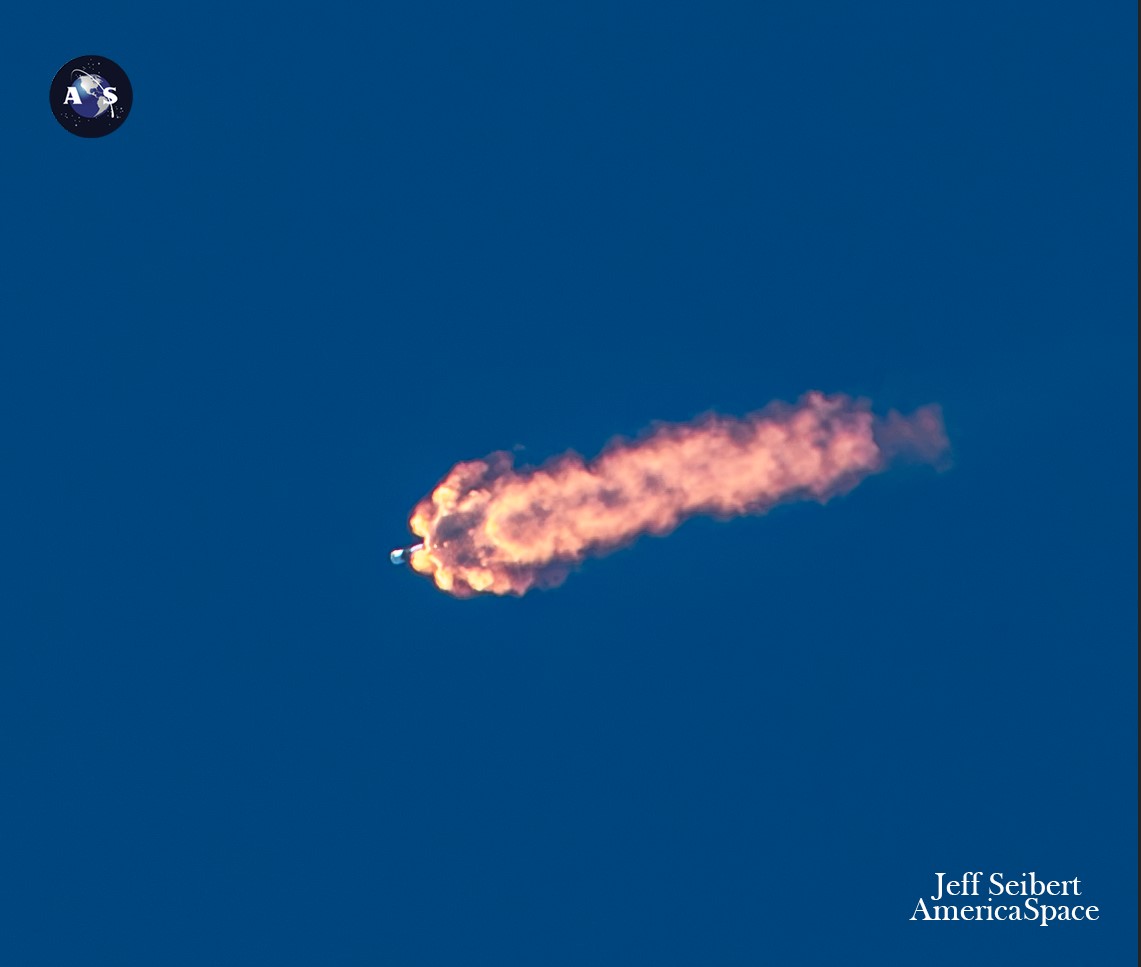

Flying the Astra 1P mission will be B1080, a booster which entered service in May of last year and first launched Dragon Freedom and her Ax-2 crew of Commander Peggy Whitson, Pilot John Shoffner and Mission Specialists Ali Al-Qarni and Rayyanah Barnawi on the first leg of their nine-day science, technology and educational outreach expedition to the International Space Station (ISS). Since then, she has lofted four Starlink batches, plus Europe’s Euclid deep-space observatory, the Ax-3 crew of Commander Mike Lopez-Alegria, Pilot Walter Villadei and Mission Specialists Marcus Wandt and Alper Gezeravcı—the latter of whom became the first national space traveler of Türkiye—last January and also the CRS-30 Cargo Dragon mission to the ISS in March.
The 11,000-pound (5,000-kilogram) Astra-1P has been built by Thales Alenia Space on behalf of Luxembourg-based operator SES and is described as the most powerful wide-beam satellite ever emplaced at the critical position of 19.2 degrees East longitude, from where it will deliver “superior reliability and unparalleled image quality for broadcasters and content owners in SES’ largest TV markets in Germany, Spain and France”. With 80 on-board Ku-band transponders, Astra-1P can broadcast up to 500 High Definition Television (HDTV) channels over its 15-year operational lifetime.
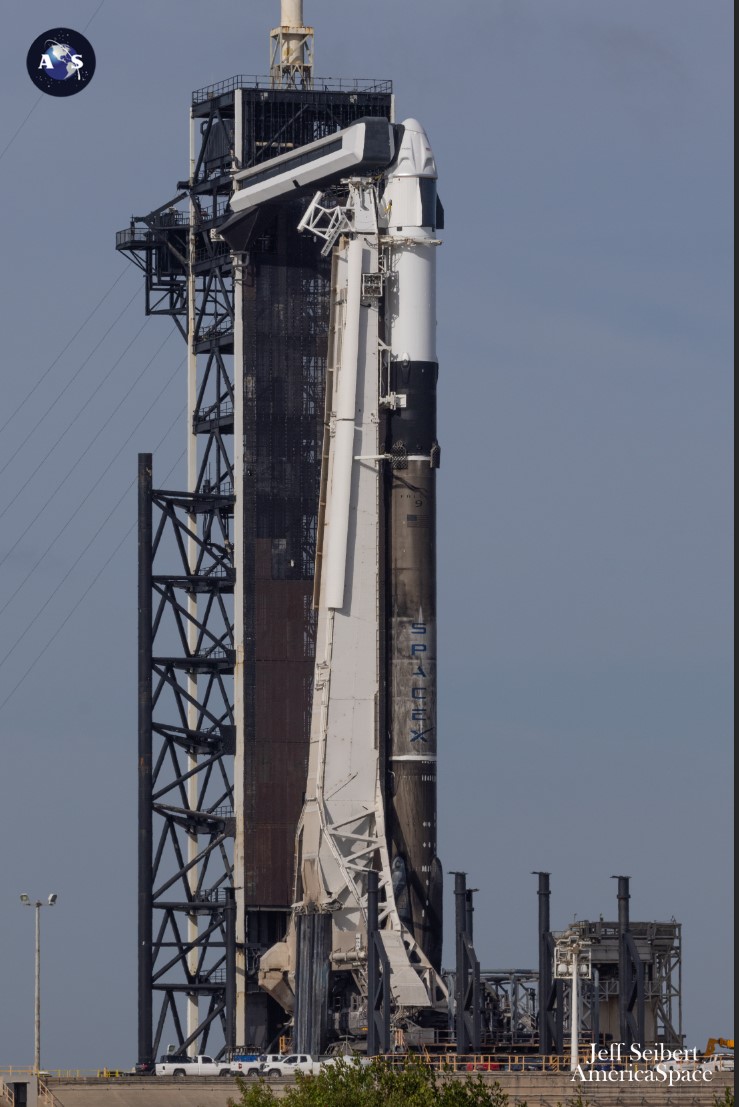

Contracts to build Astra-1P and another satellite, Astra-1Q—both for the 19.2-degrees-East location—were awarded to Thales Alenia Space in November 2021. It was noted at the time that this particular location serves 118 million households or over 43 percent of all European homes and its demand for high-definition content grew by almost 30 percent in the five years preceding the contract award.
Tonight’s launch will be the fourth large commercial geostationary payload lofted so far in 2024, coming on the heels of January’s flight of the Swedish Ovzon-3 broadband satellite and more recently Indonesia’s Merah Putih-2 in February and the 11,000-pound (5,000-kilogram) Eutelsat 36D, built by Airbus Defence & Space for Direct-to-Home (DTH) television broadcasting and government services, launched back in March. It will bring to 54 the total number of large geostationary communications on behalf of 20 sovereign nations lifted by Falcon 9 boosters since December 2013.
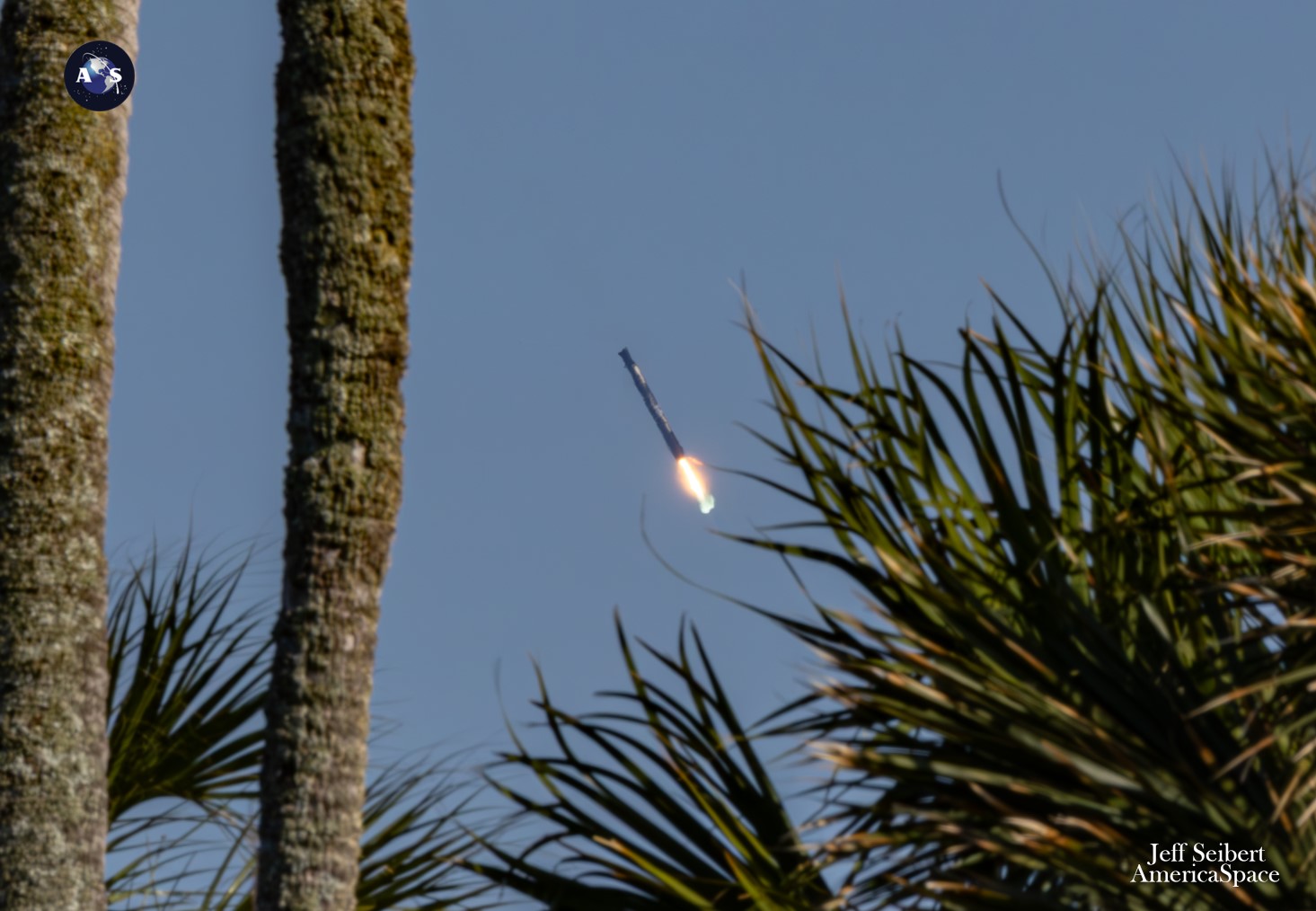

An on-time launch will see B1080 return to alight on the expansive deck of the Autonomous Spaceport Drone Ship (ASDS), “Just Read the Instructions”, about 8.5 minutes into the flight. Astra-1P will be deployed at 34 minutes and 48 seconds after launch, after which it will utilize its on-board electric propulsion features to establish itself in its proscribed geostationary slot.
Rounding out tonight’s launch double-header will be relative newcomer B1082, the most recent addition to SpaceX’s fleet of boosters on the West Coast. She sprang onto the scene in January for the year’s first U.S. orbital launch and has since logged an additional three flights between February and May, delivering a total of 83 Starlinks and the USSF-62 payload for the U.S. Space Force, the inaugural member of the Weather System Follow-on Microwave (WSF-M) satellite network to usher in a new generation of operational environmental monitoring from Sun-synchronous orbit.
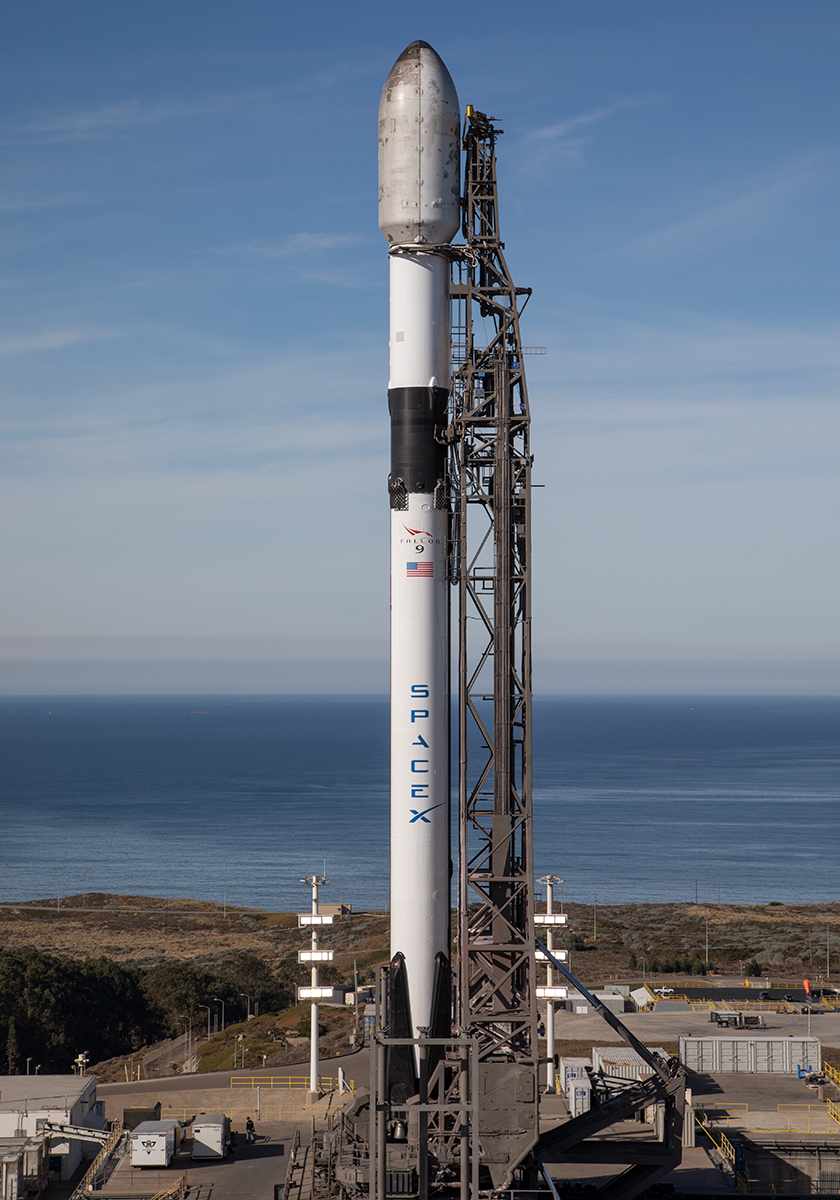

With an expansive “launch window” of up to four hours, from 8 p.m. through midnight PDT, completion of this second mission of the evening will bring to five the total number of Falcon 9s flown by SpaceX inside June’s third week. And it will push to just past 1,000 the total number of Starlinks launched so far this year. All told, well north of 6,600 Starlinks have now been delivered successfully to orbit since May 2019.
As a network, Starlink enables high-speed and low-latency internet provision to over 70 sovereign nations and international markets in North and South America, Europe, Asia, Oceania and Africa. In the month of May alone, Starlink connectivity became available in Uruguay, Indonesia and Fiji, with Sierra Leone joining the network in June, bringing to 79 the total number of sovereign nations or regions to be in full receipt of coverage.


The downsized V2 Mini satellites, first flown in February of last year, boast three to four times greater “usable” bandwidth than earlier Starlink iterations. “V2 Minis include key technologies—such as more powerful phased-array antennas and the use of E-Band for backhaul—which will allow Starlink to provide 4x more capacity per satellite than earlier iterations,” SpaceX explained. “Among other enhancements, V2 Minis are equipped with new argon Hall thrusters for on-orbit maneuvering.”
Florida-based intercity operator Brightline adopted Starlink on its trains in 2023, the first passenger rail service in the world to do so. Additionally, El Salvador’s Ministry of Education has begun integrating Starlink capability into its schools to help close the digital divide between urban and remote rural communities and 50 Rwandan schools are now connected via Starlink’s high-speed internet service. As of May, Starlink reportedly had about three million registered subscribers or customers worldwide.
